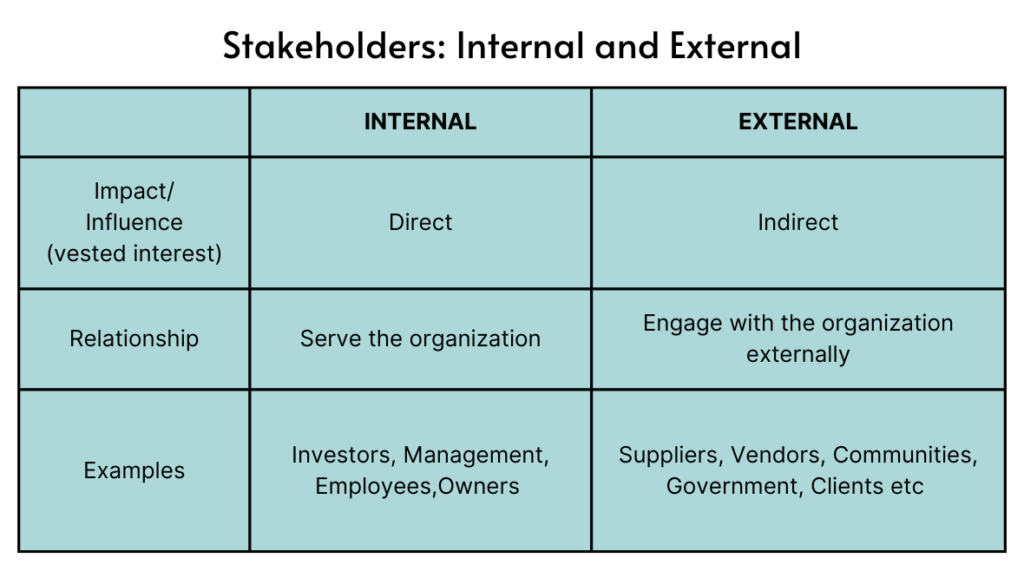7 Principles of Sustainability Reporting

Learn about the 7 principles of sustainability reporting and how they apply in the formation of a sustainability report.
When we say ‘principles of sustainability reporting’ we are talking about the concepts and practices that underpin, and guide the process and content of sustainability reporting. Think of it as a best-practices framework for reporting that ensures that the finished report is authentic and credible.
1. Materiality
Having a clear conception of what sustainability issues are material/relevant to a business is fundamental to the reporting process. Not all sustainability issues have equal importance and relevance to the operations and the stakeholders of each organization. Therefore companies have to prioritize the topics that are key with regard to their economic, social, and environmental impact.
Additionally, stakeholder expectations and sustainability topics that can influence their decision-making have to be considered. There are also some issues that are material because of larger ‘societal expectations’. For example, given climate change, businesses today are expected to be aware of their own carbon footprint in the form of GHG (greenhouse gas) emissions inventories. They are also expected to have processes in place and a long-term strategy to reduce emissions. All this material information is then shared with their stakeholders periodically through a sustainability report.
2. Stakeholder Inclusiveness
In a way, stakeholders are the audience for whom the report is made. These include internal stakeholders like employees, management, shareholders, and investors as well as external stakeholders like consumers, suppliers, the government, communities, etc. Essentially a stakeholder is any individual or entity that is affected by or can influence the workings of the concerned business.
Stakeholder inclusiveness is a constant thread running throughout the sustainability reporting process in the form of:
- Evaluating materiality where stakeholder expectations, interests, and information needs define the content of the report
- The stakeholder engagement section of the report itself where the reporting organization showcases processes for engagement, engagement, and the results of it, and
- Multiple sections of the report where information about specific stakeholder groups is shared for example with suppliers, employees, etc.

3. Accuracy
A sustainability report contains informational content in the form of quantitative and qualitative data. For example, reporting on waste is mostly quantitative while reporting about supplier selection criteria is qualitative. It is important to maintain a high degree of accuracy for both.
In practice, accuracy means providing relevant supporting information such as methodology. Sharing with the stakeholders how the data was gathered and analyzed is an important part of the report.
Also, in cases where data from direct sources is not available and instead, it is either estimated or proxy data is used, it is important to provide the sources and techniques used for the calculations. (a common example of this is with regard to GHG emissions calculations).
4. Clarity
An organization’s sustainability report aims to provide information to its stakeholders in a manner that is easy to:
- understand
- access, and
- use
It is important that stakeholders can find the desired information in the report without too much effort. The information should be presented in a way that any stakeholder, who has even a basic understanding of the operations of an organization can find it and be able to understand it.
This is a roundabout way of saying that the information should not be buried in data or presented so, either intentionally or unintentionally, that an average stakeholder cannot make out what it means.
Even for a more conservative report, a lot of information is being shared making this a real challenge. To overcome this challenge companies can:
- ensure that the written content of the report is concise and to the point
- use visual tools like charts, tables, graphs, and other infographics to make the data more digestible

5. Comparability
The information provided in the sustainability report should be comparable across organizations and time. This means that stakeholders should be able to compare the reporting company’s performance over time and, to a degree, with other companies.
To keep the information comparable over time, consistency has to be maintained. Material topics have to stay consistent, and methodologies used to calculate data. Even consistent presentation and format add to how easy and accessible it is for a stakeholder to compare the company’s present performance to that of its past.
However, in practice, material issues change with time, and as a consequence the topics covered in the report. As this happens, the reporting organization should provide additional information for context, if relevant, to make it comparable to older data.
To achieve comparability across organizations, companies use sustainability reporting standards. The disclosures in these standards can be used by stakeholders to compare the reporting company with its peers, within or across industries as well as geographical areas.
6. Timeliness
Timeliness plays an important role in a sustainability report’s effectiveness as stakeholders heavily rely on timely information and use it for decision-making.
The principle of timeliness has two key aspects:
- Regularity, and
- How timely is the information with regard to the impacts being described?
This is achieved by having a regular reporting schedule. Usually, unless dictated by regulation, companies report either annually or biannually. This helps keep the information timely and relevant to the stakeholders. It also gives enough of a period of time between two reports to be able to access the data better in terms of changes through time.
Reporting Principles are fundamental to achieving high quality sustainability reporting.
GRI Sustainability Reporting Standards
7. Reliability
A sustainability report is at the core of a company’s sustainability communication. A lot of its value lies in its credibility. A reliable sustainability report is able to effectively perform its compliance functions as well as be trusted by stakeholders.
Companies can ensure reliability by:
- Practicing standards-based reporting. There are multiple sustainability reporting standards available. Some of the key ones are
- Providing evidence for shared information, and clear explanations of any associated uncertainties.
- Documenting the decision-making processes behind the report, including processes for determining content, topic boundaries, and stakeholder engagement.
- By getting the report audited/assured externally, by a sustainability professional/auditor.
In conclusion, the seven principles of sustainability reporting provide a solid foundation for organizations to communicate their environmental, social, and economic impacts transparently. By adhering to these principles—materiality, stakeholder inclusiveness, accuracy, clarity, comparability, timeliness, and reliability—companies can enhance accountability, showcase transparency, foster stakeholder engagement, and create a valuable asset in the form of a sustainability report that can help further drive progress with their sustainability efforts.


